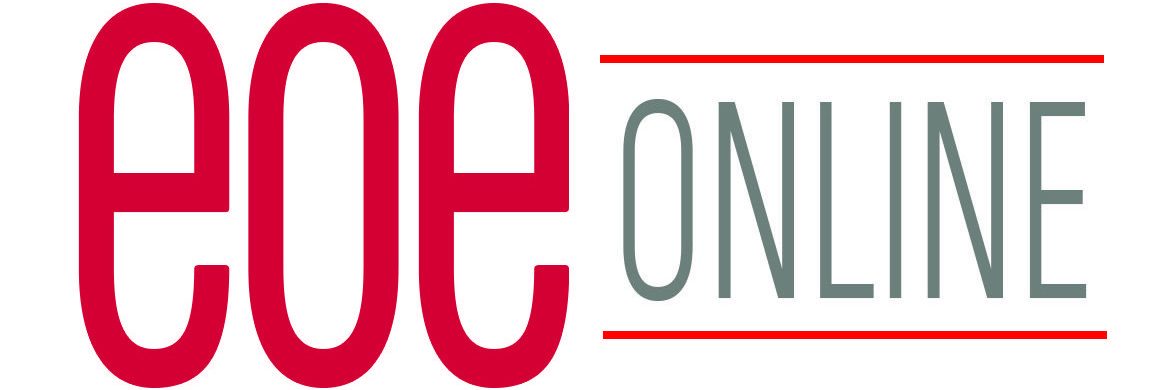
There exists an incorrect assumption that diversity and inclusion are synonymous. How can companies keep their DEI programs in balance?
Whether motivated by Environment, Social, Governance (ESG) investors, the Black Lives Matter movement, or falling behind in the competitive talent market, tech companies have started asking, “Are we truly a diverse and inclusive workplace?” It’s an uncomfortable question, and many have not liked the answer. While quick “diversity hires” check off diversity equity and inclusion (DEI) boxes, they do not automatically result in inclusive workplaces. So how can tech companies make thoughtful changes that positively impact diversity while also addressing inclusion? Here are three suggestions:
1. Set realistic expectations
For executive teams, there’s an impulse to make splashy diversity hires in prominent positions. Unfortunately, these hires rarely work in the long term. Onboarding a Black woman or Latino/x male looks good, but without support, these folks will move on because they lacked decision-making power, were given unrealistically high expectations, or figured out they were token hires.
DEI initiatives require plans with realistic expectations. Setting rational goals that align with business goals is imperative for success. Know that your timeline for success is generally measured in quarters or years, not days or weeks. Commit to improving every month, and success compounds over time.
For example, we have found that it generally takes six to 12 months for a new hire to gel within the organization. This period is even longer for executives. Organizations must have the patience to allow that gelling to take place. Do not put new hires on an island and expect them to immediately shoulder the burden of your DEI program.
2. Create a measurement system
Start applying analytics and data to your DEI program (with proper privacy and anonymizing controls). First, set targets based on your company size or demographic benchmarks, like the US population or other businesses in your industry. Then survey your employees. You may learn there are more identities than those listed in the EEOC standards. This is good because it’s a step toward learning how DEI is expressed in your own organization. Now you have a baseline for measurement.
To read this article in its entirety at informationweek.com, click here.
